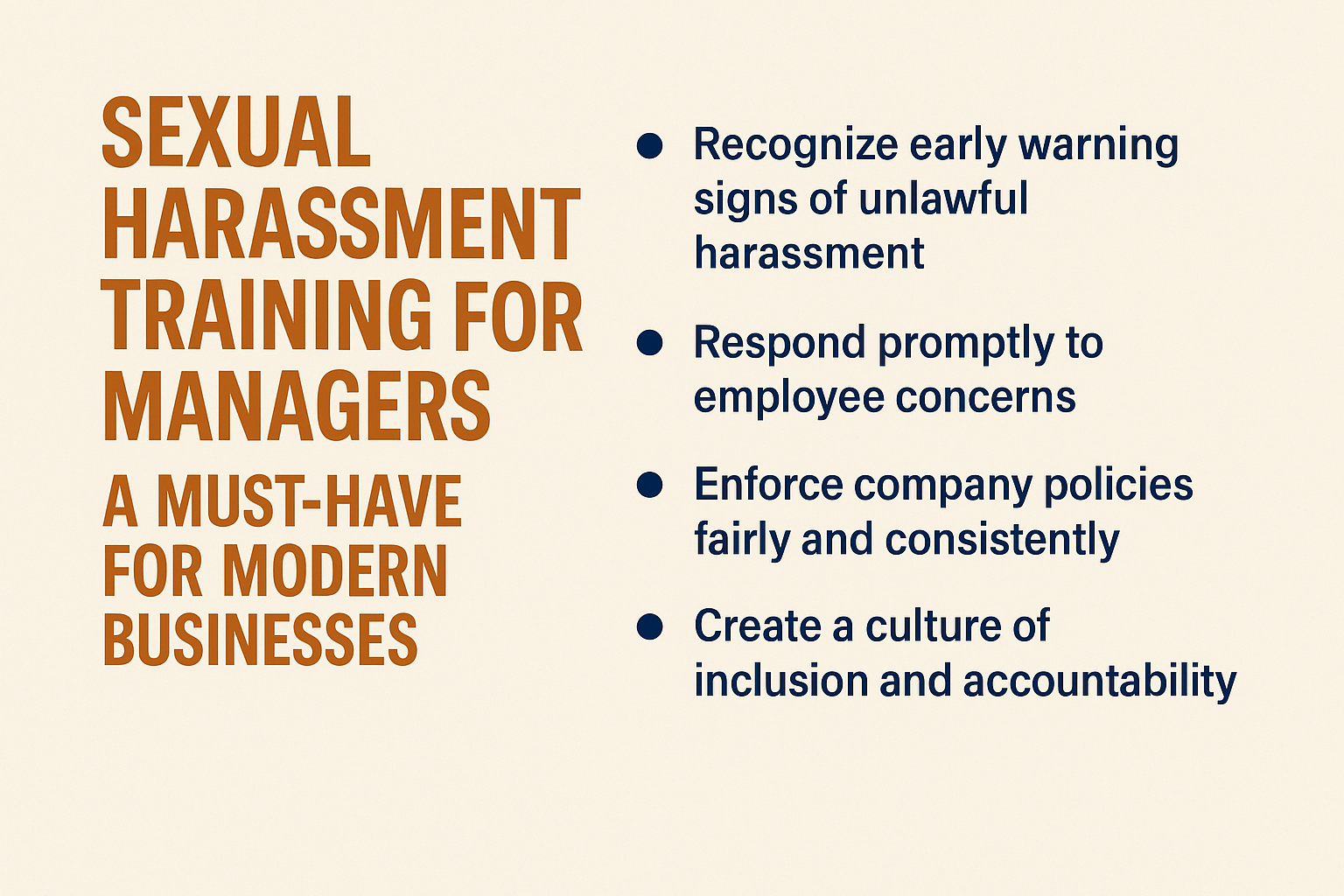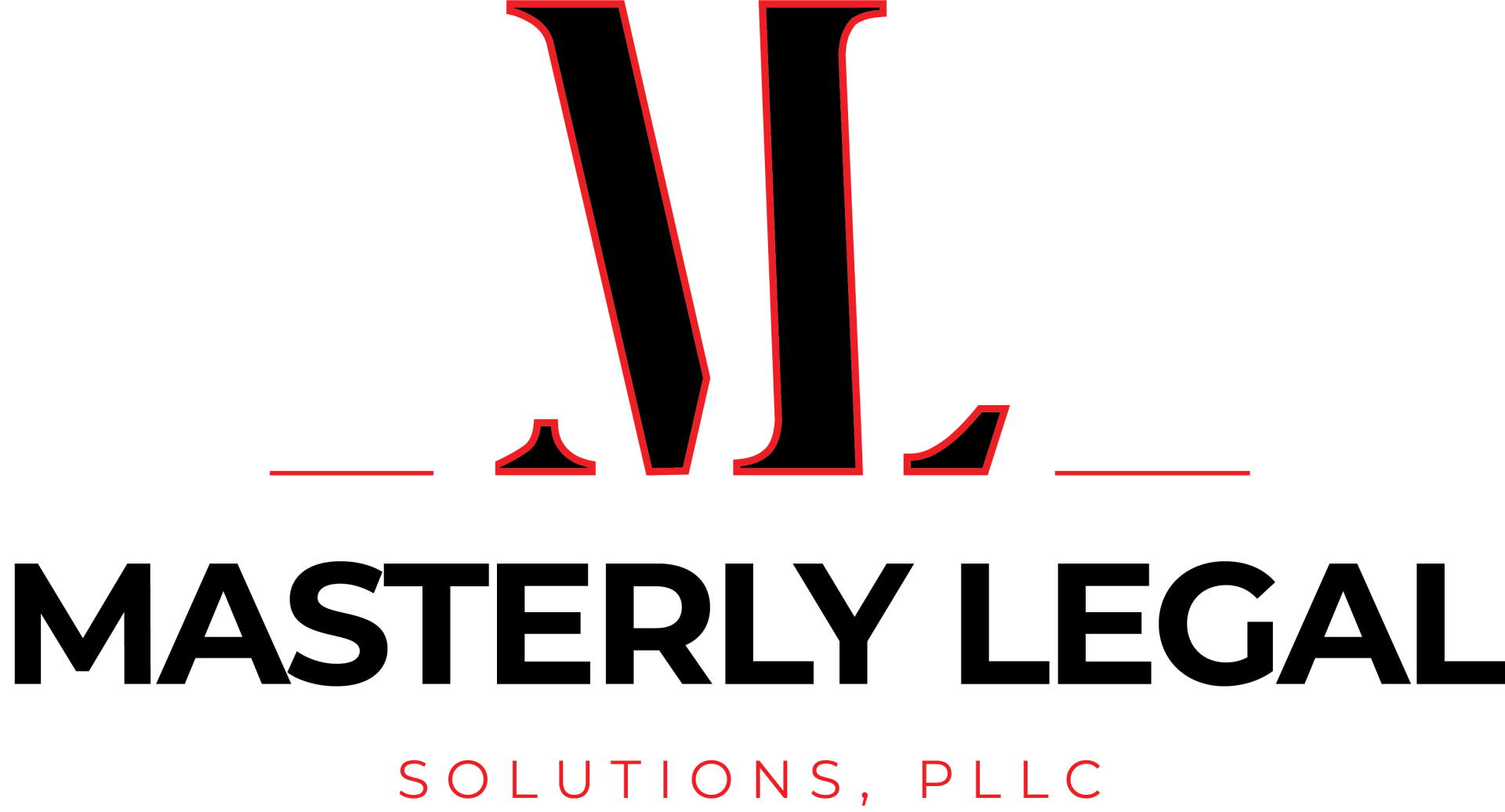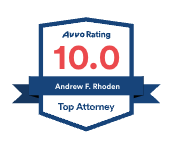Sexual Harassment Training for Managers: A Must-Have for Modern Businesses
Understanding the Need for Sexual Harassment Training
Sexual harassment training for managers is more than a compliance requirement — it’s a fundamental step toward building safer and more respectful workplaces. Modern organizations are expected to take proactive measures to address sexual harassment before it escalates into serious legal and reputational risks. Through structured sexual harassment training, companies can create a workplace culture that prioritizes respect, equality, and accountability.
Why Sexual Harassment Prevention Matters
Workplace harassment affects productivity, morale, and employee retention. Sexual harassment is one of the most common forms of workplace misconduct, often leaving victims feeling unsafe and unsupported. Proper harassment prevention training helps managers recognize inappropriate behavior, respond promptly, and prevent incidents from escalating.
Legal Framework Behind Harassment Prevention
Sexual harassment is prohibited under Title VII of the Civil Rights Act, which defines it as a form of discrimination based on sex. Employers with one or more employees must comply with these regulations and take reasonable steps to prevent harassment. By implementing harassment training programs, organizations fulfill legal requirements and demonstrate their commitment to a respectful work environment.
Managerial Responsibilities in Harassment Prevention
Managers play a critical role in maintaining a safe and respectful workplace. They are often the first to receive complaints and the ones expected to enforce workplace harassment policies. Sexual harassment training for managers empowers them to:
- Recognize early warning signs of unlawful harassment
- Respond promptly to employee concerns
- Enforce company policies fairly and consistently
- Create a culture of inclusion and accountability
The Impact of Sexual Harassment on Workplace Culture
A toxic workplace culture can develop quickly when harassment is ignored or tolerated. This not only increases legal risk but damages morale, productivity, and public reputation. Through sexual harassment prevention training, organizations can promote positive cultural change and improve team cohesion.
Key Concepts Covered in Sexual Harassment Training
Effective training programs cover several key concepts to ensure managers fully understand their responsibilities. Topics typically include:
- Definitions of sexual harassment and workplace harassment
- Examples of inappropriate behavior and offensive jokes
- Reporting procedures and responding to complaints
- Retaliation prevention and employee protection
- Maintaining a respectful and inclusive workplace
The Role of Online Training in Modern Compliance
With many businesses embracing remote work, online training platforms have become an effective way to deliver consistent harassment prevention education. Online training provides flexibility for new employees and managers to complete courses from any mobile device, ensuring accessibility and convenience.
High-Impact Harassment Training Strategies
A high-impact training program should go beyond legal definitions and teach real-world application. Effective training includes interactive case studies, role-playing scenarios, and knowledge assessments to ensure that employees and supervisors can recognize and prevent harassment in the workplace.
Incorporating Sexual Harassment Prevention Training into Your Organization
To maintain compliance and accountability, organizations should make harassment prevention a regular part of their workplace training program. Annual training helps reinforce awareness, keeps employees updated on new regulations, and demonstrates a long-term commitment to preventing harassment.
Addressing Workplace Harassment Proactively
Managers must learn how to address workplace harassment before it becomes a major issue. Training provides the tools to handle incidents appropriately, document complaints, and ensure employees feel safe when reporting misconduct.
Building a Respectful Work Environment
A respectful work environment doesn’t happen by accident — it’s built through ongoing education and consistent enforcement of company policies. Harassment prevention training helps promote respectful communication, empathy, and understanding across all levels of the organization.
Understanding the Law and Compliance Requirements
Different states have specific regulations for harassment prevention. For instance, California and Connecticut employers must provide mandatory sexual harassment prevention training to managers and non-supervisory employees. Similarly, New York City employers must meet their own training requirements to remain compliant.
Workplace Harassment Prevention Training for All Employees
While managers play a vital role, every employee must understand what constitutes harassment. Workplace harassment prevention training for non-supervisory employees ensures everyone knows how to report incidents and maintain professionalism at all times.
The Importance of Inclusion Training
Inclusion training complements sexual harassment prevention by encouraging diversity and mutual respect. When employees understand inclusion, they’re less likely to engage in discriminatory or offensive conduct based on race, gender, or national origin.
The Role of Compliance Training in Reducing Risk
Compliance training is essential for organizations to meet legal obligations and reduce exposure to risk. It teaches both employees and supervisors about acceptable behaviors and reinforces the importance of maintaining a harassment-free workplace.
Preventing Harassment in the Workplace
Sexual harassment prevention policies should be integrated into company culture. When prevention becomes part of daily operations, it strengthens trust, accountability, and respect between all employees.
What Effective Training Should Include
An effective training course should clearly outline:
- Definitions and examples of harassment
- Reporting and investigation procedures
- Responsibilities of managers and supervisors
- Disciplinary actions for policy violations
- Confidentiality and employee protection measures
How to Recognize Harassment in the Workplace
Recognition is the first step to prevention. Managers must be able to identify signs such as intimidation, inappropriate comments, or repeated unwanted behavior. Training gives managers the tools to recognize harassment and respond effectively.
Responding to Sexual Harassment Incidents
Responding promptly to complaints is crucial. Managers should never dismiss or delay a report. Instead, they should follow established procedures, document details, and communicate next steps to the affected person with sensitivity and professionalism.
Avoiding Retaliation in the Workplace
Employees who report sexual harassment are protected under federal and state laws. Retaliation is strictly prohibited, and managers must understand how to prevent it. Training helps supervisors navigate these complex situations with empathy and fairness.
Promoting Harassment Prevention Across Departments
Every department should actively participate in harassment prevention. Leadership teams, HR personnel, and supervisors must work together to create a unified message: harassment of any kind will not be tolerated.
Annual Training Requirements for Employers
Employers are often required by law to provide annual training on harassment prevention. This ensures that all employees — from executives to new hires — remain informed about the company’s sexual harassment prevention policy and expectations.
Maintaining Workplace Civility and Respect
Harassment prevention training encourages professionalism and civility at work. When employees understand the importance of mutual respect, it reduces conflicts and fosters a positive workplace environment.
The Cost of Ignoring Harassment Prevention
Failing to provide adequate sexual harassment training can expose a company to lawsuits, regulatory penalties, and reputational damage. The cost of non-compliance often exceeds the investment in quality training programs.
Integrating Harassment Prevention into Company Culture
A proactive organization embeds harassment prevention into its core values. This includes reviewing policies regularly, ensuring training content is updated, and communicating zero tolerance for any form of unlawful harassment.
Effective Conflict Resolution in Harassment Cases
Conflict resolution training gives managers the skills to mediate sensitive situations professionally. It ensures that complaints are handled with discretion and fairness, avoiding escalation and maintaining workplace harmony.
Understanding Acceptable Behaviors and Boundaries
Sexual harassment prevention training helps employees understand what constitutes acceptable behaviors and interactions at work. When boundaries are clear, misunderstandings and inappropriate behavior are minimized.
Legal Obligations for California and Connecticut Employers
California and Connecticut employers face some of the strictest harassment prevention regulations. Both require sexual harassment training for all employees, not just managers, and mandate that training be completed within a specific start date after hiring.
The Role of Human Rights and Civil Law
Human rights laws complement workplace regulations by ensuring employees are free from discrimination and sexual violence. Understanding these laws through training helps managers uphold both ethical and legal standards.
How Training Protects Employers from Liability
Complying with harassment prevention laws can reduce the likelihood of legal claims. Proper documentation of training, attendance records, and implementation of policies demonstrates that employers took reasonable steps to prevent harassment.
Encouraging Reporting and Transparency
Training should encourage open communication so employees feel comfortable reporting issues. A transparent reporting process helps employers detect patterns of misconduct early and take corrective action.
Developing a Sexual Harassment Prevention Policy
Every company should have a written sexual harassment prevention policy. This document should outline reporting procedures, disciplinary actions, and employee rights under the law. Managers should be trained to enforce it consistently.
Adapting Training for Mobile and Remote Workers
With more teams working remotely, training must adapt. Online courses optimized for mobile devices make it easy for remote employees to complete training without disruption.
Strengthening Organizational Compliance
Compliance doesn’t end after completing a single course. Employers should regularly review regulations, update their training programs, and maintain documentation to show ongoing commitment to harassment prevention.
Encouraging Respectful Workplace Conduct
Harassment training emphasizes respect as a core value. When every employee understands the importance of treating others with dignity, the workplace becomes safer and more inclusive.
Ensuring Technical Support for Online Courses
Technical support should always be available for online harassment prevention training. This ensures all participants can complete the program efficiently and access additional information when needed.
Measuring the Success of Training Programs
To ensure effectiveness, employers should measure training outcomes through assessments, employee feedback, and reduced incidents of workplace harassment. Continuous improvement keeps the program relevant and impactful.
Promoting a Culture of Accountability
When managers lead by example, employees follow. A culture of accountability encourages professionalism, builds trust, and reinforces that sexual harassment has no place in any organization.

Expanding Workplace Harassment Training Across Employment Sectors
Workplace harassment training isn’t limited to addressing sexual misconduct—it also covers other forms of inappropriate behavior, such as bullying, discrimination, and verbal intimidation. Comprehensive training ensures that every employee, regardless of role or industry, understands their rights and responsibilities under both federal and state employment laws. While many businesses follow federal standards, other states like California, Illinois, and New York have implemented even stricter requirements, emphasizing the need for tailored programs. By expanding workplace harassment training to reflect these variations, organizations can ensure consistency, protect their employees, and foster safer, more inclusive environments nationwide.
Contact Masterly Legal Solutions
If your business wants to strengthen its compliance program and protect both your employees and reputation, now is the time to act. At Masterly Legal Solutions, we help companies implement effective sexual harassment training for managers and employees tailored to their industry and state laws. Our team provides practical guidance to develop policies, improve workplace culture, and ensure full compliance with federal and state regulations.
Contact us today at (972) 236-5051 for a free consultation. Let our legal professionals answer your questions and help you build a respectful, compliant, and harassment-free work environment.
This article is for informational purposes only and does not constitute legal guidance. For advice on specific cases, please contact a qualified attorney.
Looking for Legal & Business Solutions? Contact Us Now
Fill in the form or call us to set up a meeting














